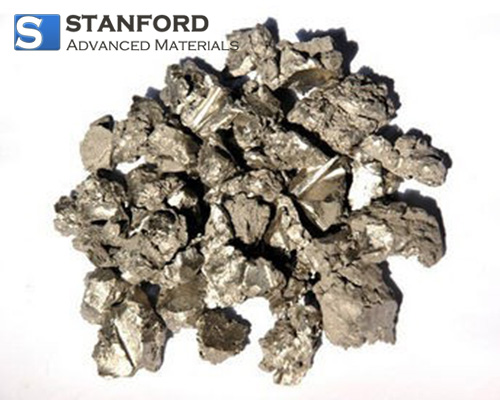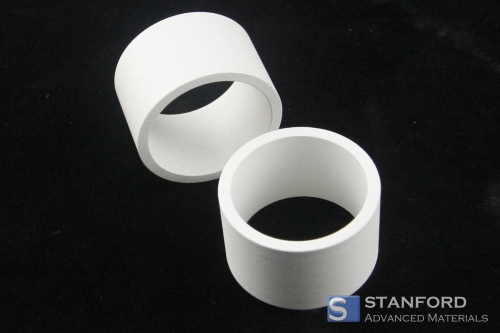Separation of Zirconium and Hafnium
What is Zirconium?
Zirconium, Zr, is an element with an atomic number 40 and an atomic weight of 91.224. Most zirconium is produced by refining the mineral zircon. Zr is applied in the nuclear industry as the zirconium has a low neutron-capture cross-section. Zr is consumed in the form of zircaloys, usually, Zircaloy-2 and Zircaloy-4, to make fuel rods for nuclear reactors.

Since Zirconium has very good chemical corrosion resistance, zirconium shapes, such as zirconium tubes and plates are used to make equipment for the chemical industry. Zr is also used as an additive for steel and zirconium oxide, sometimes known as zirconia, is used in the production of ceramics.
What is Hafnium?
Hafnium, which is the element that shares the same group as Zr, has a higher density and a much larger neutron capture cross-section. The content of Hf impurity must be very low in zircaloy products if they are applied in the nuclear industry.
What is Zircon?
Zircon, a major resource of pure Zr, usually has some Hf and the separation of Zr and Hf is extremely hard. As these two elements are in the same group, they have similar chemical properties.
Usually, a liquid extraction method is applied for the separation of zirconium and hafnium and several systems have been developed. Distillation of molten salt is also developed for the separation process. However, all of the processes above are expensive compared with common metal purification processes. Besides, the liquid extraction process uses a large quantity of water and makes lots of waste.
Usually, there is no need to remove all of the hafnium from zirconium, unless it is issued for the nuclear industry. Thus, the low hafnium products could be hard to source in the normal market. Although the process of reducing zirconium from its slat by magnesium is usually cheaper, high-quality pure zirconium is still produced in the form of Zr crystal bar. The Market price of low Hafnium Zirconium materials could cost 50~100% more compared with high Hf Zirconium.
How to Separate Hafnium and Zirconium?
The extraction and purification of zirconium from hafnium involve three primary methods, each tailored to achieve the high-purity zirconium required for specific industries. Firstly, pyrolysis separation utilizes the difference in vapor pressure between zirconium and hafnium chloride at elevated temperatures or pressures. This method offers a streamlined production process, boasting high efficiency and minimal environmental impact. It replaces multiple production stages, making it a promising approach in zirconium-hafnium separation.
Another effective technique is solvent extraction, employing solvent leather and various extractants like ketone, phosphorus-containing, and amine extractants. This method stands out for its scalability, simplicity, and continuous operation. It's recognized as a significant means of separating zirconium and hafnium due to its capacity for large-scale production, ensuring the attainment of the necessary purity levels demanded by various industries.
Ion exchange separation, though less commonly utilized, involves separating zirconium and hafnium through ion exchange. It has seen limited application, primarily in smaller production volumes. For instance, it was employed in the former Soviet Union to further separate hafnium from hafnium-rich material obtained through the zirconium-hafnium recrystallization method. This purified hafnium oxide served as a precursor for atomic-level sponge hafnium production. These distinct methods provide targeted solutions for achieving the stringent purity requirements necessary for zirconium applications across diverse industries. For more comprehensive information, visit https://www.samaterials.com/.
Conclusion
Stanford Advanced Materials provides high-purity crystal bars of Zirconium as your Zr source. Both low Hafnium and high Hafnium product is available. Hf content of our crystal bar could be lower than 250ppm.









